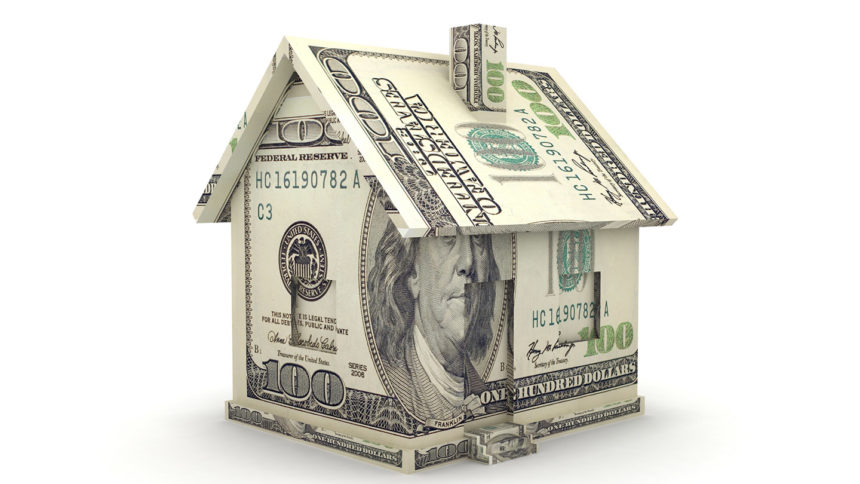
Homeowners aged 62 or more years saw their collective housing wealth grow by 1.95%, or $226 billion, in the third quarter of 2022, according to the latest quarterly data from the Reverse Mortgage Market Index / RiskSpan Reverse Mortgage Market Index.
At $11.81 trillion, the NRMLA/RiskSpan Reverse Mortgage Market Index has reached an all-time high since the index was first was published in 2000. Previously, the McKnight’s Business Daily reported that seniors increased their home equity by the first quarter of 2022 by 4.9%, to a record $11.12 trillion, from the fourth quarter of 2021.
This brings the RMMI to 413.22. The increase in older homeowners’ wealth mainly was driven by an estimated $268 billion increase in home values, offset by a 1.93%, or $42 billion, increase in senior-held mortgage debt.

Some older adults are using reverse mortgages to finance their moves to senior living communities. The most common form of reverse mortgage, according to the experts, is the home equity conversion mortgage, the only one insured by the federal government. To date, more than 1.3 million households have used a Federal Housing Administration-insured reverse mortgage to help meet their financial needs.
“Multiple studies published over the past couple of years highlight the challenges faced by women to save for retirement because of competing priorities, such as caring for children or an aging parent or relative. Nevertheless, they own a substantial asset, their home,” NRMLA President Steve Irwin stated Tuesday. “Therefore, when meeting with a financial planner, or other trusted advisor, it’s very important to consider home equity as a strategic asset that can be used to help enhance retirement security.”


